Hisense U980 Review
Hisense U980
Galaxy Note-a-like for just £110. And it's not terrible
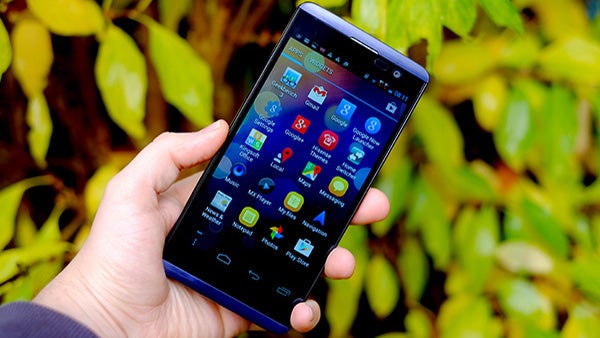
Sections
- Page 1 Hisense U980 Review
- Page 2 Screen, Software and Performance Review
- Page 3 Camera, Battery Life and Verdict Review
Verdict
Pros
- Low, low price
- Respectable build quality
- Fairly sharp, large screen
Cons
- Ancient software
- Internal memory issues
- Incredibly noisy camera
- Software limits use of screen space
Key Specifications
- Review Price: £109.98
- 5.5-inch 1,280 x 720 IPS LTPS screen
- Android 4.2
- 8-megapixel camera with LED flash
What is the Hisense U980?
The Hisense U980 is a budget Android phone with a huge screen. At a stretch you could even call it a £110 alternative to the Galaxy Note 4. It’s even cheaper than the 2014 Moto G while offering a bigger display. So, a massive bargain, then…
As you might expect of a phone that appears to be ‘too good to be true’, there are compromises to deal with, and one element of the phone that we’d go as far as to call broken. However, if your dedication to the bottom line is strong enough to stand up to a few initial disappointments, it’s still a reasonably sound option once a few tweaks and changes have been applied.
If you have the right level of Android nous, the Hisense U980 is worth exploring. If not, steer clear.
Related: Best Android Phone 2015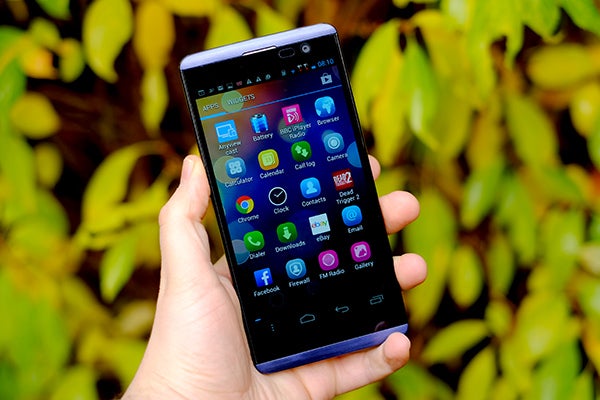
SEE ALSO: Best Mobile Phones Round-up
Hisense U980 – Design
With great savings comes great scrimping and, as expected, there’s no flashiness to the Hisense U980’s body. It’s large, made of plastic and bears virtually no characteristic design elements.
Anonymous design is better than an aesthetic blunder, though, and we’re fairly happy with how the phone looks. The Hisense U980 is more about value than beauty.
Its build quality doesn’t appear to be any dramatically worse than any other value-conscious phone, either. A handset with a pull-off plastic back is going to impress few, but there are no wide seams, no worryingly creaky parts and no obvious areas that might wear quicker than others.
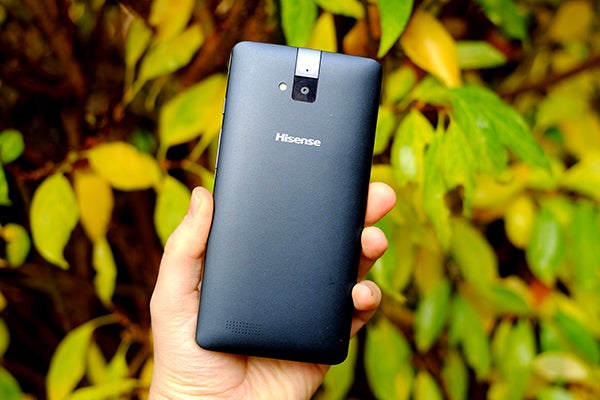
As you might be able to tell, we have our suspicious hat on. However, the Hisense U980 is pretty solid.
There is one clear quality compromise, though. Hisense doesn’t offer any information about the exact material used for the screen’s top layer, but we assume it’s not Gorilla Glass. With mid-firm pressure you can cause distortion in the screen’s LCD, a sign that there’s a tiny bit of flex in the top glass layer. We’ve seen far worse, though. It does seem to be a reasonable form of toughened glass, just not the market leader.
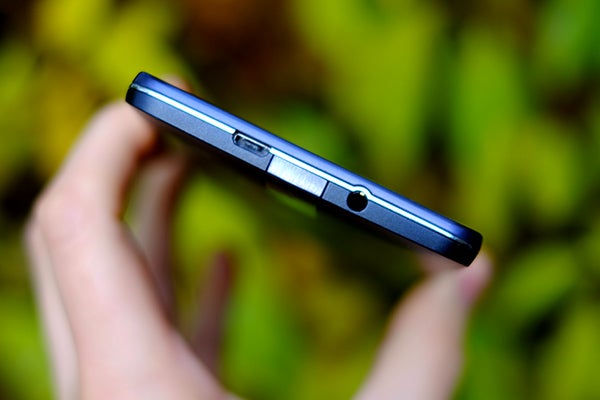
This is supported by another design decision: the U980’s screen has a plastic film applied, a screen protector present when you first take the phone out of the box. We’ve left it on, as it seems to cause no degradation in viewing angles or screen image quality.
This plastic covering will naturally scratch much more easily than Gorilla Glass 3, because it’s plastic, but look online (at the time of writing) and you’ll find a bunch of replacements available for just a few pounds. After a couple of weeks, our review sample had only gained a few light scratches, visible under strong light, but after six months of ferrying about with a pocketful of keys, it’s sure to get a bit tatty.
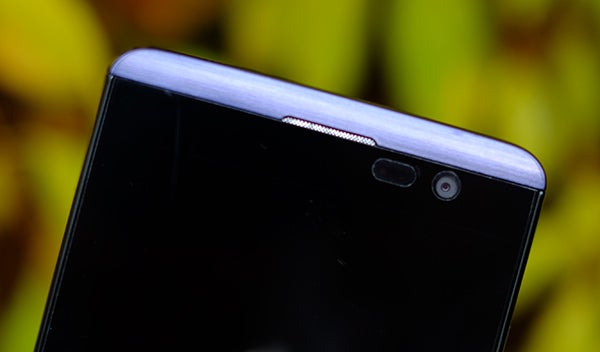
As with almost any 5.5-inch phone, the Hisense U980 is rather large, and noticeably more of a handful than something like the slim Galaxy S5. However, we were pleasantly surprised to find using the phone not that much more awkward than handling the 5-inch Motorola Moto G, despite having a larger screen.
It’s down to the phone’s thickness. At 8.5mm thick it’s a lot thinner than the 11mm Moto G. Both are a little awkward, but not to a deal-breaking extent. Just bear this in mind before buying, as you’ve more chance of bumping into the Queen down your local Tesco than seeing one of these phones on the high street for trying it out in person.
Pull off the plastic back, which is similar in thickness and style to those of Samsung’s phones, and you’ll see one of the Hisense U980’s more unusual features. It offers dual microSIM slots, letting you use two mobile accounts with the one handset. Both support GSM, the mobile standard used in the UK, while one also supports WCDMA, used elsewhere including the US.
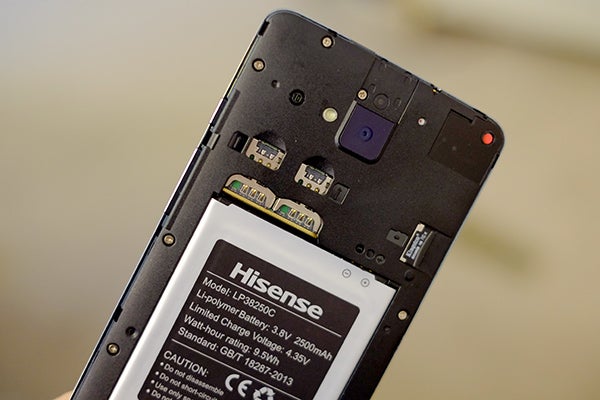
The back also hides the microSD card slot, something that’s far more necessary than it should be in a phone with a reasonable 8GB internal storage. Sadly, in our review sample the internal memory wasn’t formatted as you’d expect – half of it was treated more like an embedded SD card, and one that seemingly couldn’t be accessed by most apps.
This left the Hisense U980 with just 500MB of actual free internal memory. We found we had to plug in a microSD card to do things such as download photos from WhatsApp, or even to take more than a couple of photos with the camera. This didn’t seem right at all.
We’ve had no answer from Hisense about whether this is specific to our sample or just how the phone operates, so we advise investing in a microSD card if you opt to buy a U980. Our handset simply didn’t work properly without one. Does this constitute broken hardware? Perhaps, but at least the fix is easy enough. You can alter the default install location in Settings, letting you make full use of any SD card slot.
How we test phones
We test every mobile phone we review thoroughly. We use industry standard tests to compare features properly and we use the phone as our main device over the review period. We’ll always tell you what we find and we never, ever, accept money to review a product.


